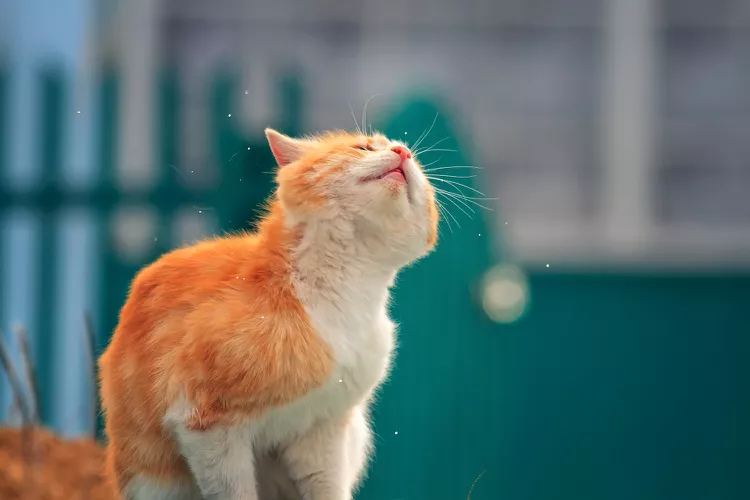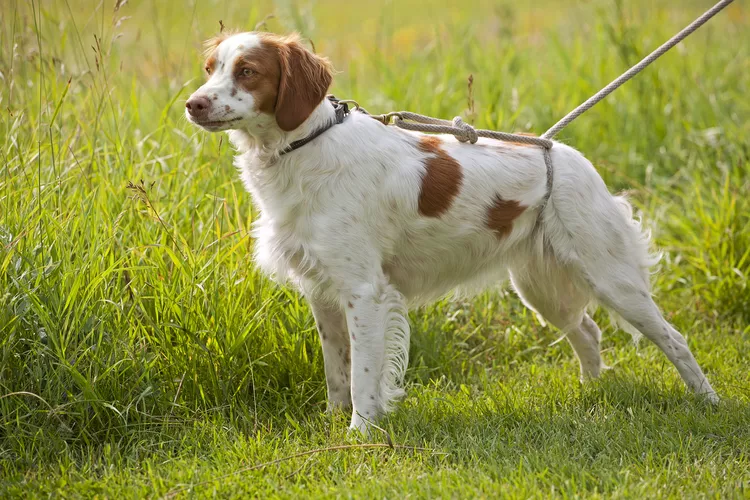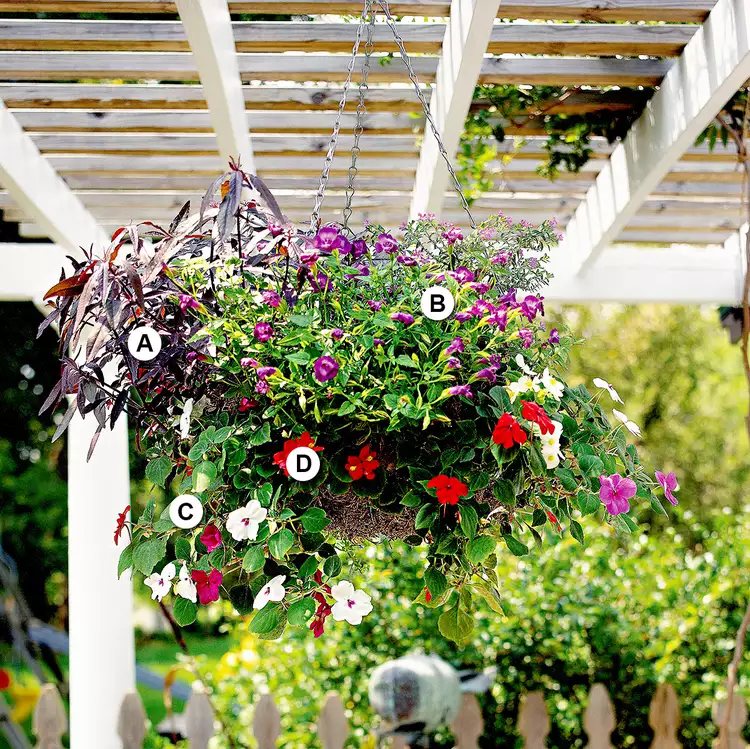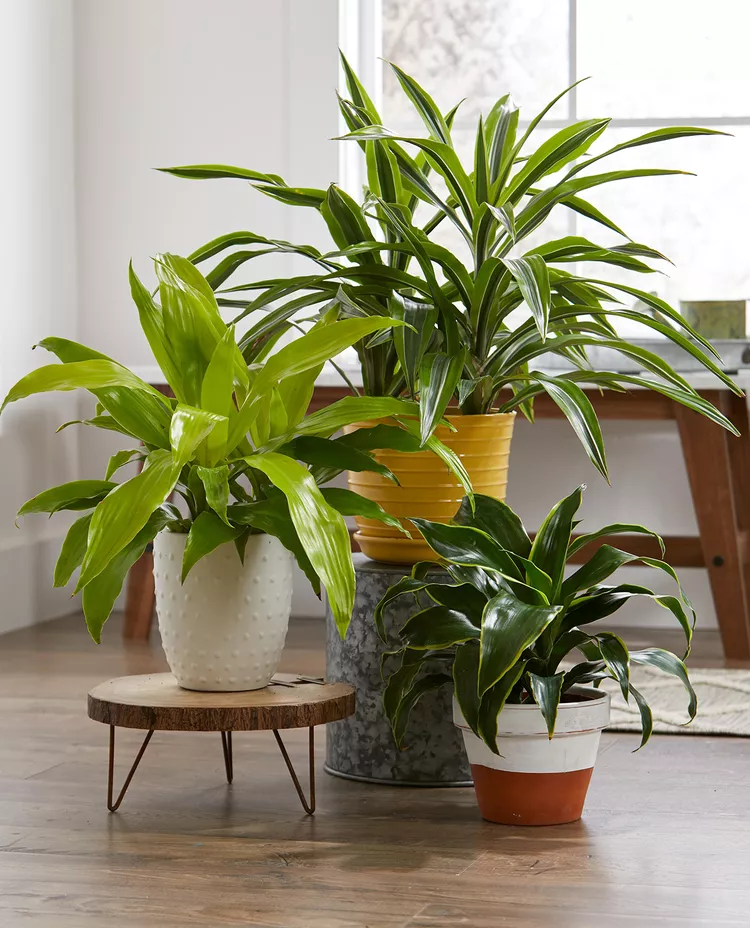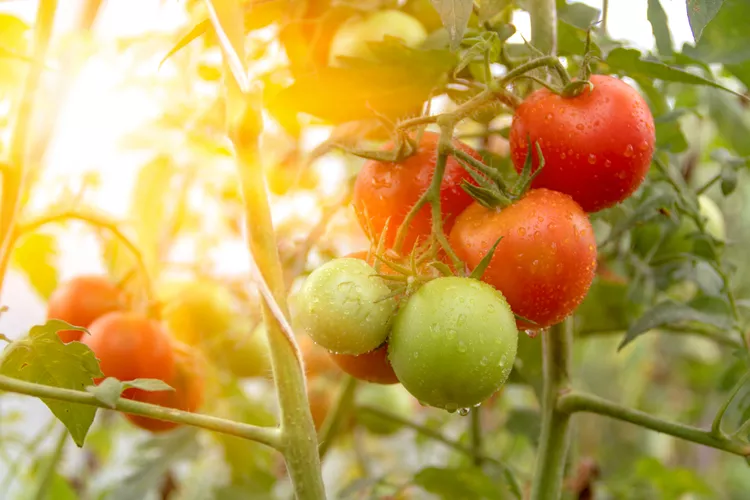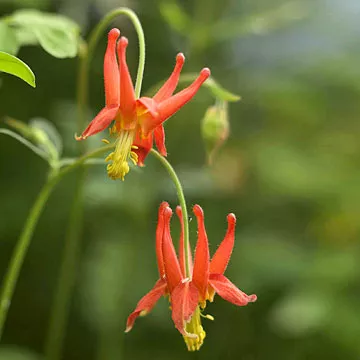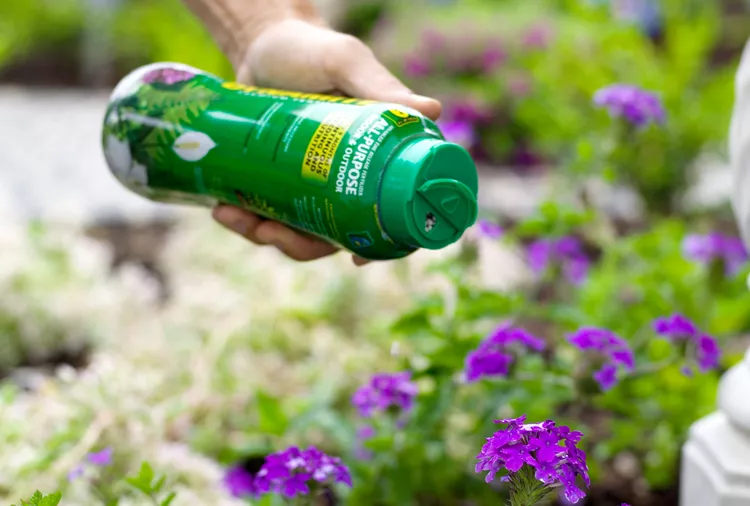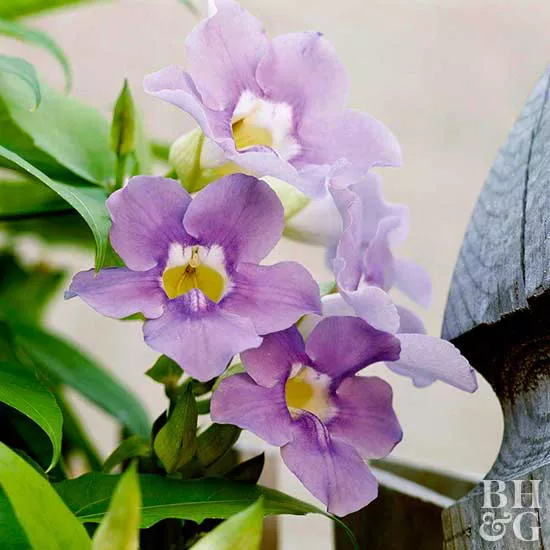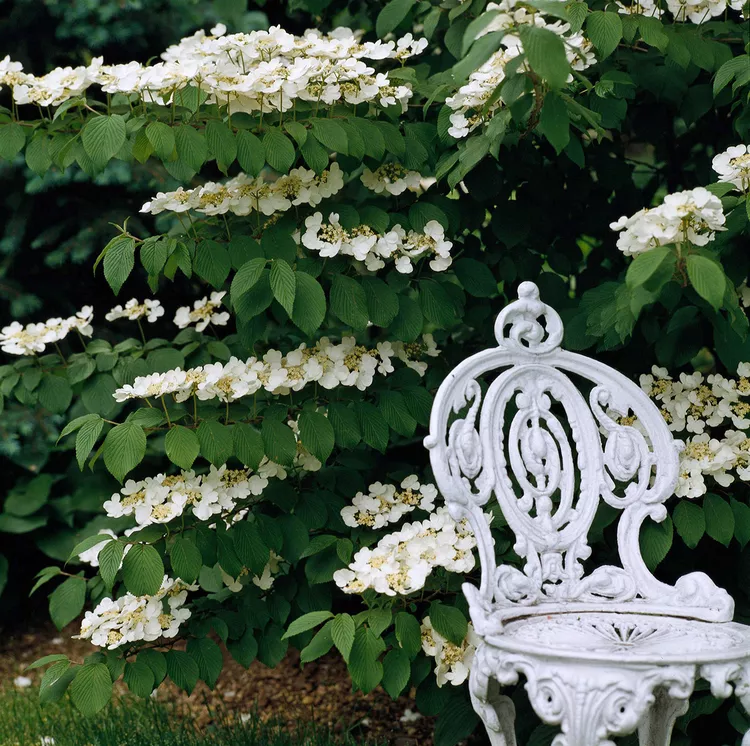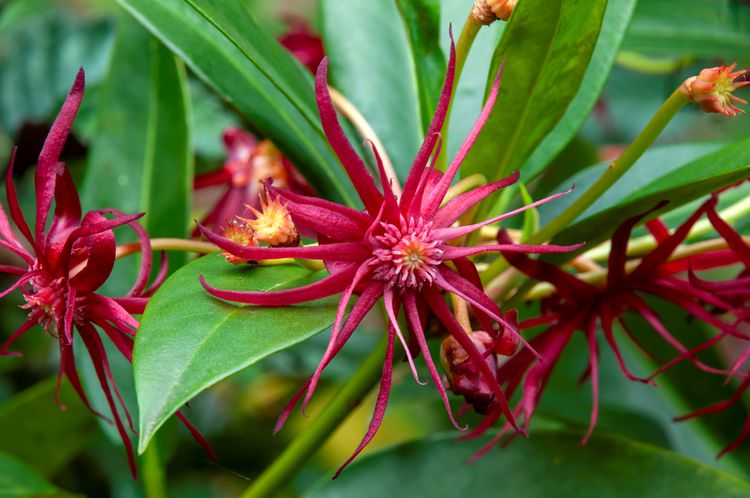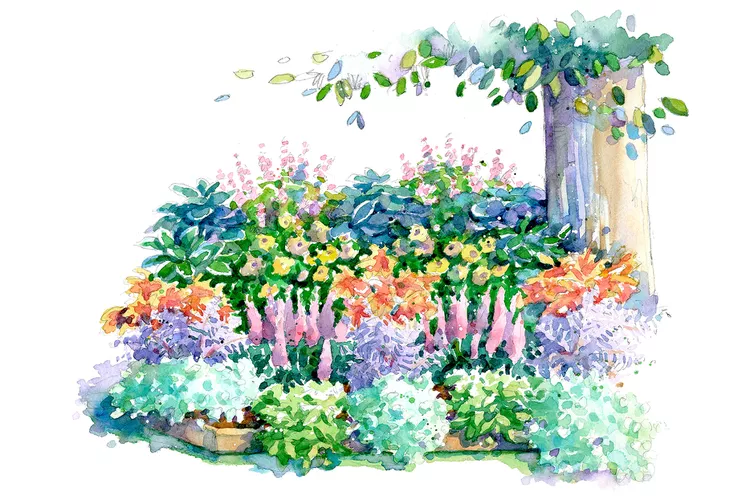Ring in spring with the bell-shaped flowers of summer snowflake. Blooming mid to late spring, the dainty, elegant flowers of these bulbs are a wonderful companion for tulips and daffodils. The spot of green at the tip of each petal echoes the dark grassy leaves, which quietly recede as the bulbs go dormant. This easy-to-grow bulb is great for planting in shrub beds, perennial gardens, and meadows where it can slowly multiply.
The plant is toxic to humans and pets.
Summer Snowflake Overview
| Genus Name | Leucojum aestivum |
| Common Name | Summer Snowflake |
| Plant Type | Bulb, Perennial |
| Light | Part Sun, Sun |
| Height | 12 to 15 inches |
| Width | 12 to 20 inches |
| Flower Color | White |
| Foliage Color | Blue/Green |
| Season Features | Spring Bloom |
| Special Features | Fragrance, Low Maintenance |
| Zones | 4, 5, 6, 7, 8, 9 |
| Propagation | Division |
| Problem Solvers | Deer Resistant |
Where to Plant Summer Snowflake
The ideal location for summer snowflake is one that gets at least 6 hours of sunlight and has well-draining soil with a mildly acidic, neutral, or mildly alkaline pH.
Pair summer snowflake with other spring bulbs for a color-rich show. Tulips and daffodils stand shoulder-to-shoulder with 12- to 18-inch-tall summer snowflake. Or plant low-growing grape hyacinth, scilla, and crocus around a summer snowflake planting to blanket the soil with color as soon as the snow melts. When the small bulbs stop blooming, summer snowflake will take over the show. Summer snowflake is also a good addition to perennial beds. Plant it near peonies, sedum, coneflowers, and a host of other summer-flowering perennials. The bulbs look best when planted in bunches of six or more which will slowly grow together into drifts.
How and When to Plant Summer Snowflake
Plant summer snowflake in the fall before the ground freezes. Plant the bulb 4 to 6 inches deep with the pointy side up and the root side down. Plant the bulbs in clusters of 15 to 20 or more bulbs, spaced 4 to 6 inches apart. Water the bulbs well after planting.
Summer Snowflake Care Tips
Like most spring-blooming bulbs, summer snowflake does not require much care.
Light
It takes either full sun or part shade but blooms best if it gets at least 6 hours of bright sunlight per day.
Soil and Water
Summer snowflake is tolerant of a variety of soils and can even withstand drought during its summer dormancy but it thrives in fertile, loose, consistently moist but well-drained soil with a pH between 5.5 and 7.0. Adding a 2-inch layer of soil suppresses weeds and maintains a cooler soil temperature.
Temperature and Humidity
Summer snowflake tolerates winter cold down to Zone 4 and summer heat up to Zone 9. Any climate that is hotter or colder is not suitable for the bulbs. Humid summer weather is not problematic because the foliage has usually died back by the time the summer heat sets in.
Fertilizer
Unless you planted the bulbs in poor soil, it is not required to fertilize the bulbs every year. Every couple of years, at the most, scatter a granular slow-release fertilizer that is high in phosphorus around the plants in the early spring.
Pruning
After the springtime bloom, allow the foliage to remain until it withers and turns yellow; don’t remove it because it is during this time that the foliage produces nutrients that sustain the bulb for the next spring. At that point, you can remove the foliage or allow it to decompose in place.
Potting and Repotting Summer Snowflake
Summer snowflake is not suitable for containers. Unlike in garden soil, the bulbs are subject to frequent temperature fluctuations and cycles of freezing and thawing, which is detrimental to the bulbs. Bringing them indoors for the winter is not a solution because, like many winter-hardy spring-blooming bulbs, they need cold winter temperatures to develop good root systems and grow foliage and flowers in the spring.
Pests and Problems
Summer snowflake is resistant to serious pests and diseases but can attract snails and slugs. The bulbs are deer-resistant.
How to Propagate Summer Snowflake
Summer snowflake is best propagated by division. After about five years, the clumps will get too crowded and should be divided. In the early summer, when the foliage has died down but not yet disintegrated, dig up the entire clump with a shovel and lift it out of the ground. Separate the bulbs and discard any diseased and blemished bulbs. Replant the bulbs in new suitable locations 4 to 6 inches deep and 4 to 6 inches apart and water them well after planting.
Types of Summer Snowflake
'Gravetye Giant'
Leucojum aestivum 'Gravetye Giant' is the only known cultivar of summer snowflake. It has much larger flowers than the species and resembles a giant lily-of-the-valley. The cultivar was named after Gravetye Manor in Sussex, England, the home of the 19th-century horticulturist and garden writer William Robinson who introduced the cultivar.
Summer Snowflake Companion Plants
Tulip
If you want a tulip with a longer bloom time than hybrid tulips, consider species tulips. They are available in every color but the truest of blues and also offer a variety of petal types. Species tulips tolerate drought but not wet soil. Zone 3-8
Daffodil
Jonquil daffodils are prolific bloomers that share many traits with other members of the Narcissus genus. They thrive in well-drained soil and full sun and deer and rodents seldom bother them. Plus, they multiply fast with very little care. Zone 3-9
Grape Hyacinth
Dotting the spring landscape in stunning shades of blue, purple, white, or yellow, grape hyacinths are easy-care bulbs that make the perfect low-growing companions for the taller blooming spring bulbs. Zone 4-8

